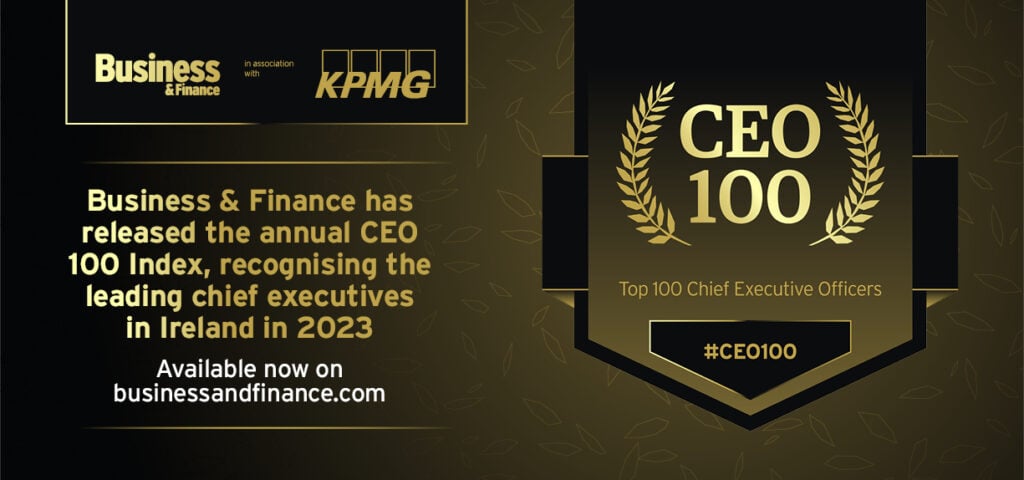By Mark Walker, content & social marketing manager at Eventbrite
To make measuring the ROI of your event marketing easier, it’s best to segment your inbound marketing activities based on the goals you want to achieve.
Broadly speaking, most inbound event marketing goals will fall into five categories: awareness, audience engagement, demand generation, lead generation, and sales. Here’s a quick overview of how you can measure each of them:
1) Awareness
The effectiveness and ROI of an awareness driven campaign is going to be measured by how many more people learn about your event than before you began your inbound marketing. This could mean many things, including event recall, mentions on social media, PR, or new visitors to your website. It’s up to you to figure out which metric is most meaningful for your event.
For a concrete example, let’s use web traffic. In this instance, we’ll assume your event website has been generating 1,000 unique visitors each month, where 60% were returning visitors and 40% were new. That means on average, you were attracting 400 new visitors to your site each month, who would learn about your event. Now let’s say you start ramping up your inbound marketing activities and you invest $500 in driving awareness. After an appropriate period of time – let’s say it’s been two months – you want to determine if your efforts are working.
So you check Google Analytics to see if traffic has increased. Thankfully, Google Analytics is integrated with the Eventbrite platform, making it easy to see if your traffic doubles from 1,000 to 2,000 uniques per month, and also whether you are seeing a higher percentage of new users. In this case, let’s assume that traffic has doubled to 2,000 and the percentage of new users has increased from 40% to 50%. This means you’re now attracting 1,000 new visitors per month versus 400 – a 150% increase. This is great, because you can see some concrete results. Even more compelling would be assigning an economic value to each of those new visitors.
2) Engagement
This can follow a very similar pattern to measuring awareness ROI. First, pick a metric that defines engagement for your business. It could be comments, email signups, whitepaper downloads or social shares. To illustrate this example, let’s say you’ve figured out that for every 40 whitepaper downloads you get, one will turn into a customer within a month. Now that you know that investing in producing regular whitepapers for download is a good investment – you’ve got a benchmark.
So you can start experimenting to optimise your inbound marketing tactics when focused on engagement. Do eight-page whitepapers versus 20-page whitepapers increase or decrease sales conversions? Do they affect the time to conversion, shortening or lengthening it? With enough experiments and refinement, you should figure out the optimal formula, meaning that for every Euro invested in producing a whitepaper, you’ll see a return on that investment within a month.
3) Demand generation
Demand generation can be a tough outcome to measure, because it’s essentially about educating an audience on the benefits of your event when they’re not intrinsically aware of their need for it in the first place. It’s most likely you will need this kind of inbound marketing tactic when launching an event focused on a brand new topic, or in an industry previously unfamiliar with the type of event you’re running.
For example, several years ago, B2B companies were probably not as enthusiastic about social media for marketing as B2C companies, so running a conference on how to use social media for B2B marketing would have meant quite a big focus on demand generation around its potential impact and importance. But how would you measure the effectiveness of inbound marketing on demand generation? One way would be to use surveys and market research studies to find out whether your target customers felt more excited by the topic than before you started.
However, this can be expensive, although it is probably the most reliable approach. Another might be to target one specific vertical or demographic, and see whether you gain a disproportionate number of leads/sales from that vertical than others when the event takes place, indicating you created demand from your efforts. Yet another is to use Google Analytics to see if there is a rise in organic searches and traffic to your event website, indicating that people are starting to search for your event, and therefore demand is increasing.
4) Lead generation
Lead generation will differ from company to company depending on what you count as a lead. For some event organisers, any download or email signup would be considered a lead, so you would follow the same pattern for measuring ROI as outlined under awareness and engagement. Others might follow a more complex system for scoring potential leads, where only the biggest or most engaged visitors are considered a ‘lead’ worthy of pursuing by the sales team. All the others might be put into a separate bucket like ‘organic acquisition’ or ‘marketing leads’ versus ‘sales leads’.
It may be that you focus some of your inbound marketing efforts on building sponsorship sales leads for your sales team to close. Here, you might know that the average deal is worth $5,000, and your rockstar sales team closes one in every two qualified leads they get. This would mean you can establish a budget for inbound marketing lead generation based on gaining two qualified sales leads for every $1,000 spent, if you’re happy with a 300% ROI. This might allow you to invest in webinars (and their promotion), thought leadership pieces or original research reports, to position your event as the number one authority in the market, and a natural partner for leading solution providers.
5) Sales
Ultimately, all ROI needs to be understood in terms of sales. You’re not really getting an acceptable return on investment if the activity isn’t growing your event’s top line. However, it’s not always an easy relationship to prove. Did a press mention lead to a 5% increase in sales? Did a series of speaker interviews help you land that sales lead which converted into a $10,000 sponsorship? And what is the lag between investment and return? Generally speaking, inbound marketing is a long-term commitment, so you should not expect to see $1 invested in January show a $2 return in February.
This is why it’s good to try and break things down as granularly as possible – into goals, metrics or proxies where no direct correlation exists – so you have a better chance to measure the impact of different inbound marketing tactics within your overall strategy. What you don’t want to do is invest heavily in generic content marketing for 18 months and see stagnant revenue, then throw the baby out with the bath water. You may have missed that some of your efforts were bringing a wonderful ROI, but 30% were so bad they balanced out your wins. It’s best to review regularly.
By understanding your spend at this tactical level, you can cut out the unprofitable elements and focus on those that are helping you achieve your defined goals, whether they be awareness, engagement, demand generation, leads or direct sales. This is where Eventbrite features like custom links that track your ROI are of huge benefit. Eventbrite can help you track inbound marketing and its economic impact on your event by making it really easy to create and share customised links that will track how they perform, letting you see which channels are performing strongly, and which are not, based on ticket sales.
About the blogger
 Mark Walker is the content & social marketing manager for the UK and Ireland at Eventbrite. Eventbrite is an online self-service ticketing platform available for anyone around the world to manage, sell and promote tickets to their events.
Mark Walker is the content & social marketing manager for the UK and Ireland at Eventbrite. Eventbrite is an online self-service ticketing platform available for anyone around the world to manage, sell and promote tickets to their events.
Walker regularly blogs about the events industry, and anything that can help event organisers grow, from digital marketing and design, to business strategy and careers.
You can follow him on Twitter or Facebook and connect with him on LinkedIn
Or read more at the Eventbrite blog.




